Anandaban Mycobacterial Research Laboratory, Nepal
Lele / Nepal
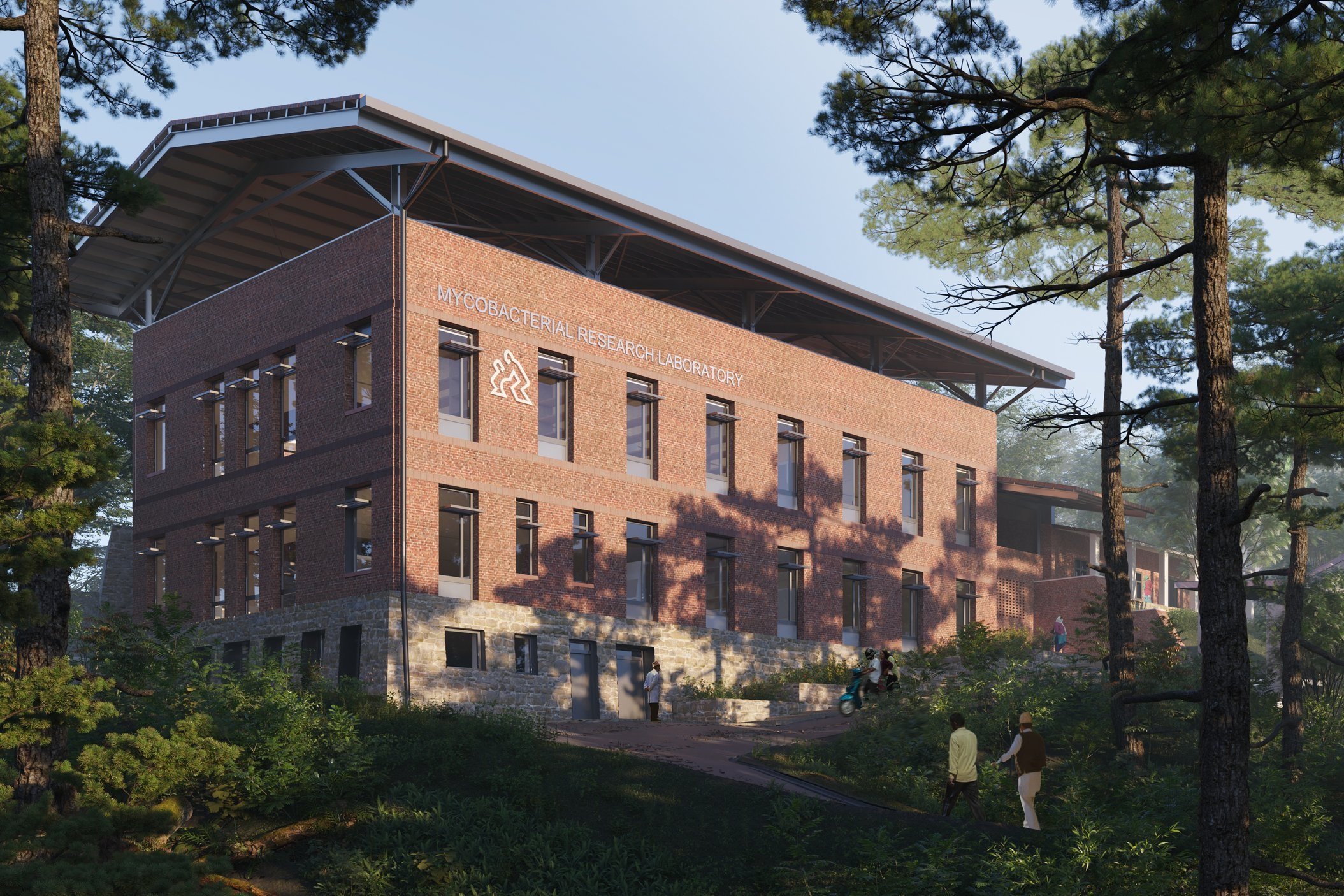

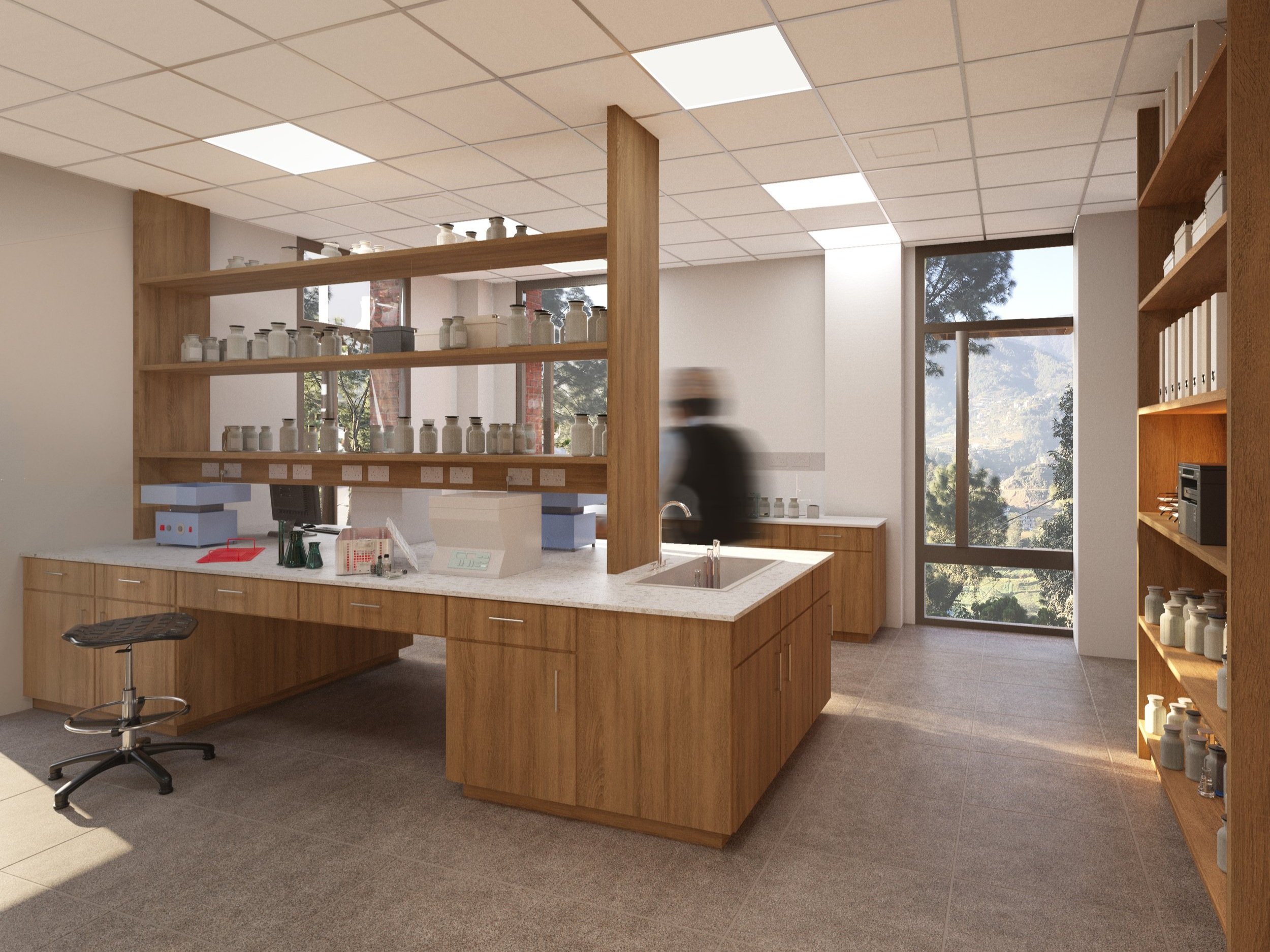

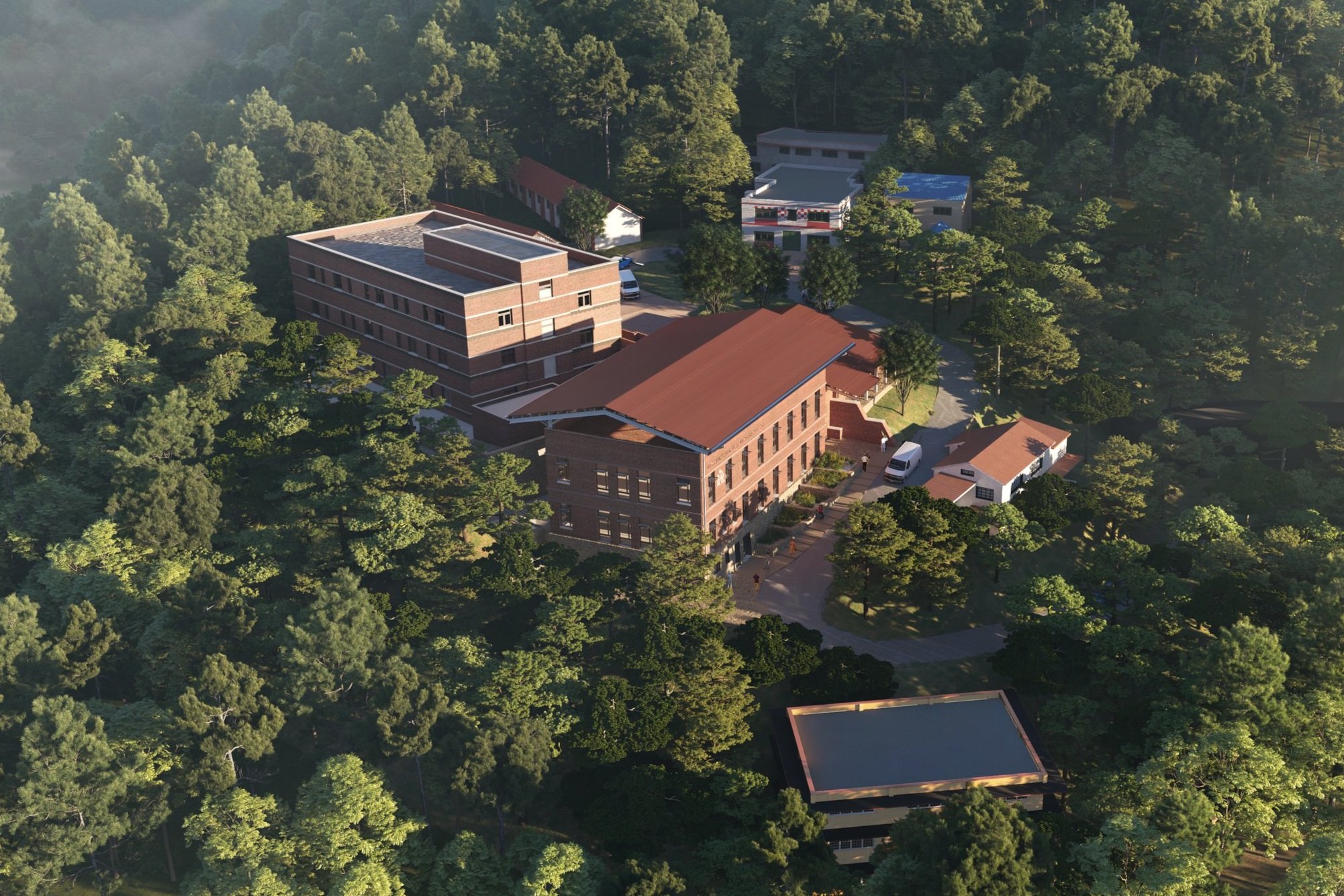
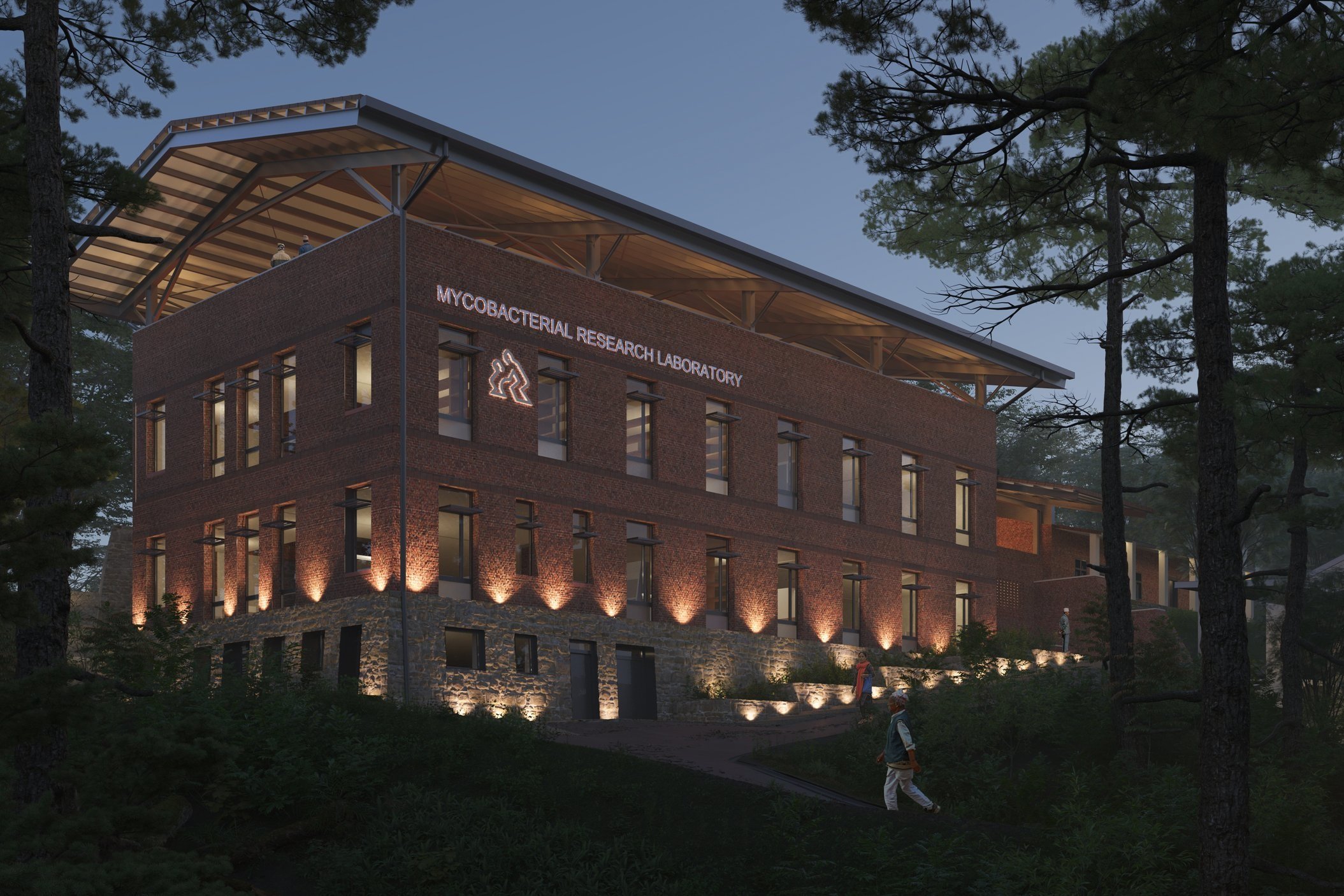
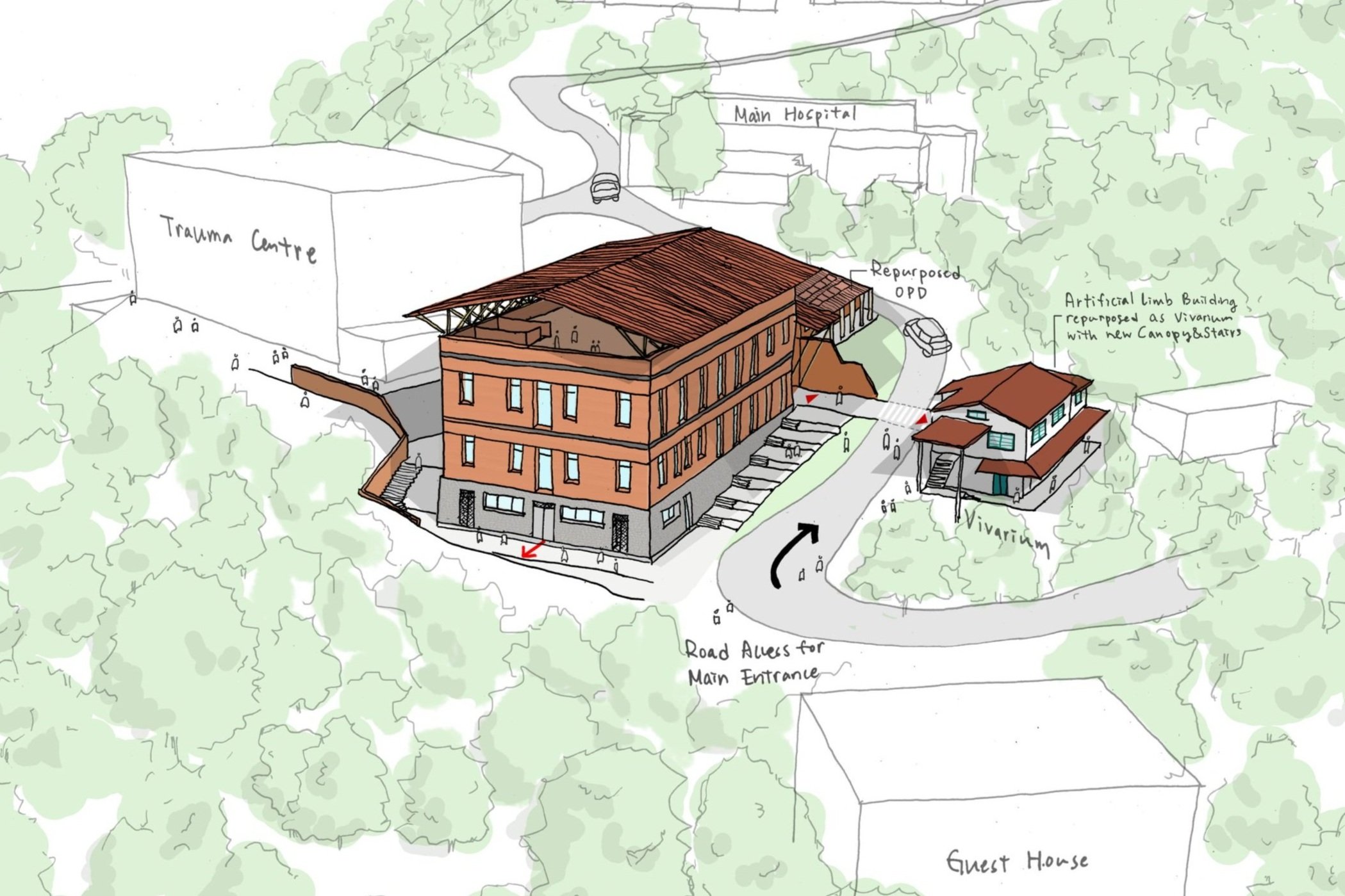

Why the Anandaban Mycobacterial Research Laboratory matters
Leprosy is a disease that still affects people in many countries. In Nepal, it also carries a large stigma and cases often remain undiagnosed until the disease has progressed and patients are harder to treat. Anandaban hospital is the largest hospital in the country specializing in leprosy treatment and its staff carry out world-leading research to improve understanding of the disease and develop new treatments.
The hospital’s laboratory facilities are currently housed in a former hostel and lab technicians work with equipment that is outdated or in need of replacement with a recent research department report stating that:
‘Due to age and limitations, and despite everything tried via inexpensive short-term fixes and remodelling, the facilities do not meet standards for diagnostic testing and competitive research’. A new lab is desperately needed.
The design
The proposal includes 1,100sqm new laboratory and a 500sqm refurbishment in two buildings which will house a Vivarium, Pharmacy and Blood Bank.
Laboratories are often complex buildings and this building has the additional challenge of being located on a steep slope in an earthquake zone. Terracing, retaining walls and a reinforced concrete frame structure allow the lab to meet the physical challenges of the site. Other materials include locally sourced brick and stone ensuring the use of local skills and expertise.
The building is also designed to improve thermal comfort, with limited use of air conditioning where this is necessary to meet biosafety or operational requirements.
The impact
World-class leprosy research and treatment are carried out at Anandaban, supporting the global fight against this debilitating disease. The new laboratory will allow its team of scientists and clinicians to operate at their most efficient.
Anandaban’s research work aims to enable organisations and governments to make evidence-based policy decisions for leprosy affected populations worldwide.

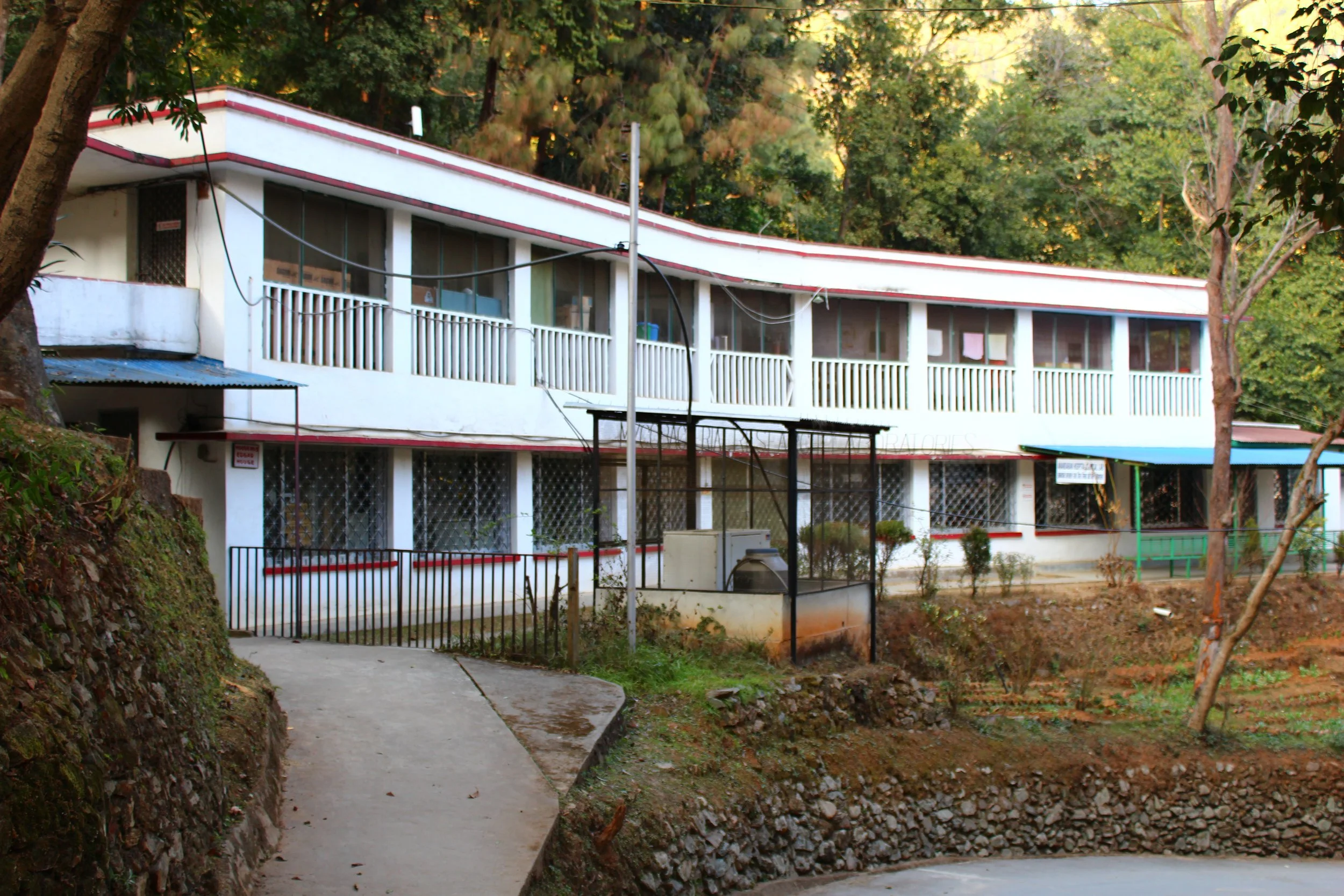


PROJECT TYPE: Health
PROJECT PARTNERS: The Leprosy Mission, The Leprosy Mission England & Wales and The Leprosy Mission Nepal
ENGINEERING PARTNERS: Ramboll (Structural), WSP (Civil), Miyamoto International Nepal and Subesha Engineering Services
STATUS: Detail design stage
